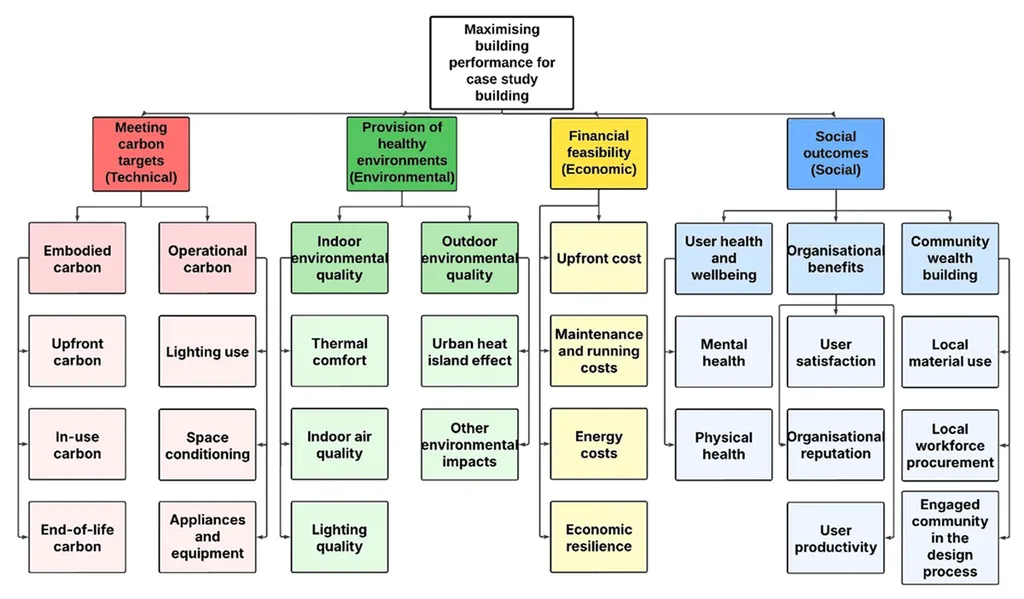In the quest to design and construct net zero buildings, a new study has shed light on the critical role of interdisciplinary stakeholder engagement. Published in the journal *Buildings & Cities* (translated from the original title), the research, led by Simon Vakeva-Baird from the Institute of Environmental Design and Engineering at University College London, explores how effective collaboration can drive the integrated design process and pave the way for regional, socio-technical knowledge utilization.
The study, which involved three medium-sized construction projects in the UK, Ireland, and Rwanda, brought together a diverse range of stakeholders, including construction professionals, facility users, and policymakers. Through a series of structured engagement activities, the research identified recurring themes and priorities that could significantly impact the energy sector and beyond.
One of the key findings was the importance of professional agency in responding to the climate emergency. “Stakeholders consistently emphasized the need for carbon reduction through quality project delivery,” Vakeva-Baird noted. This sentiment was echoed in a consultation survey, which highlighted the recurring themes of professional agency and the importance of carbon reduction.
The study employed the double diamond method to structure three briefing methods: a consultation survey, a participatory workshop, and a priority weighting workshop. The participatory workshop, in particular, revealed systemic connections of building performance that spanned the entire life-cycle of a building, from concept and design to construction and operation. This holistic view encompassed technical, environmental, economic, and social considerations, offering a comprehensive approach to building performance.
The priority weighting workshop further underscored the cross-case dominance of providing healthy environments relative to carbon and economic targets. This finding could have significant implications for the energy sector, as it highlights the need to balance environmental, social, and cost aspects in building performance.
The study also demonstrated the benefits of longitudinal evaluation of participation, tracking the advantages of engagement over time. This approach could provide valuable insights for future projects, enabling practitioners to make stakeholder engagement more purposeful and impactful.
The practical implications of this research are substantial. By providing a framework of structured engagement activities, the study offers a roadmap for project teams to enable interdisciplinary collaboration. This collaboration is crucial for identifying performance ambitions, clarifying priorities, and exploring systemic performance issues across the building life-cycle.
As the world continues to grapple with the challenges of climate change, the findings of this study could not be more timely. By emphasizing the importance of leadership from clients and proactive design teams in embedding sustainability and innovation, the research offers a blueprint for the future of net zero building design.
In the words of Vakeva-Baird, “The workshops presented in this study can be adapted by practitioners to explore trade-offs, build shared understanding, and identify opportunities for using local low-carbon materials.” This adaptability is a key strength of the research, making it a valuable resource for professionals in the energy sector and beyond.
As the construction industry continues to evolve, the insights gained from this study will be instrumental in shaping future developments. By fostering interdisciplinary collaboration and promoting the integrated design process, the research paves the way for a more sustainable and innovative approach to building design and construction.

